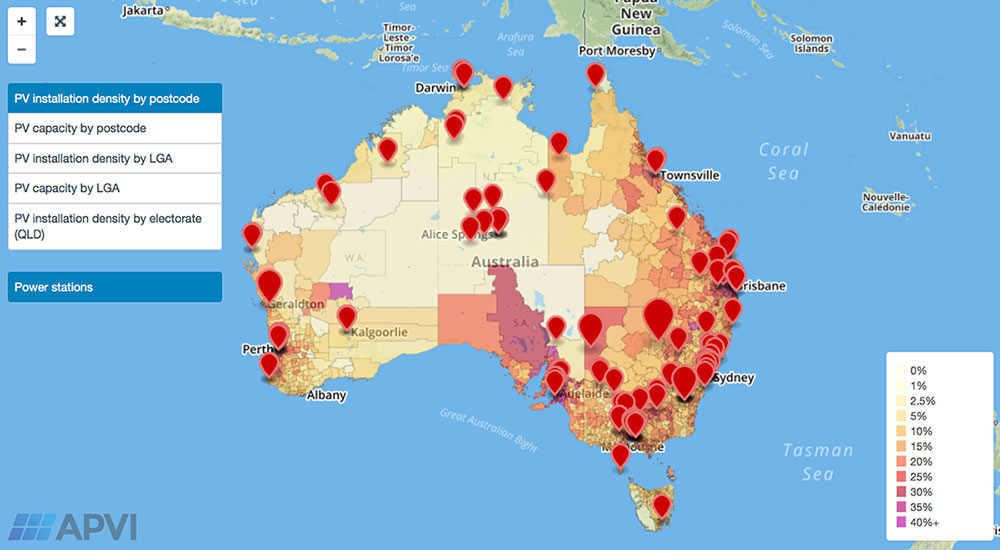Large Scale Solar
Request 3 Commercial Solar ProposalsLarge scale is generally 40kw or more
The solar farm at Royalla, the largest here in Australia, has recently commeced its operation in ACT, just 23 km from Canberra. This facility is expected to be creating 37, 000 Mwh of clean, renewable soar energy for the next 20 years.
This equates to supplying around 4500 residences, with an approximated cost of $13 per year, per household.
Solar farms, along with other large-scale solar photovoltaic [PV] employ the same technologies used for an array of domestic solar panels. This technology is created by uniquely created semi-conductor crystals, which basically
transform the sun’s rays into electricity.
As Australia is arguably one of the sunniest continents on the globe, large-scale solar PV makes more than perfect sense to be included as a leading alternative source of renewable energy.
This green enterprise is still relatively new to Australia, but as the technology improves and becomes more economical, coupled with the countries increasing interest and engagement with solar, this is set to become a more established player in the energy sector.
The chief executive of the Australian Renewable Energy Agency, also known as ARENA, is quoted as saying that ARENA’s aim of their funding of at least four large-scale solar projects was “so that solar achieved cost parity with wind energy by 2020”.
A large-scale project that is being partly funded by ARENA is the DeGrussa Solar Project in Western Australia. This project at the DeGrussa Copper Mine is set to feature a 10.6 MW solar installation, plus storage. With that large capacity of solar energy, this project aims to produce the majority of the copper mine’s required daytime electricity. In addition to the obvious energy and cost savings, the project also aims to “increase knowledge and confidence in the use of renewable energy to power off-grid mine sites.”
 source: Australian Photovoltaic Institute
source: Australian Photovoltaic Institute
Visit the Australian Photovoltaic Institute to see a map of Australian Photovoltaic installations as of March 2016.
